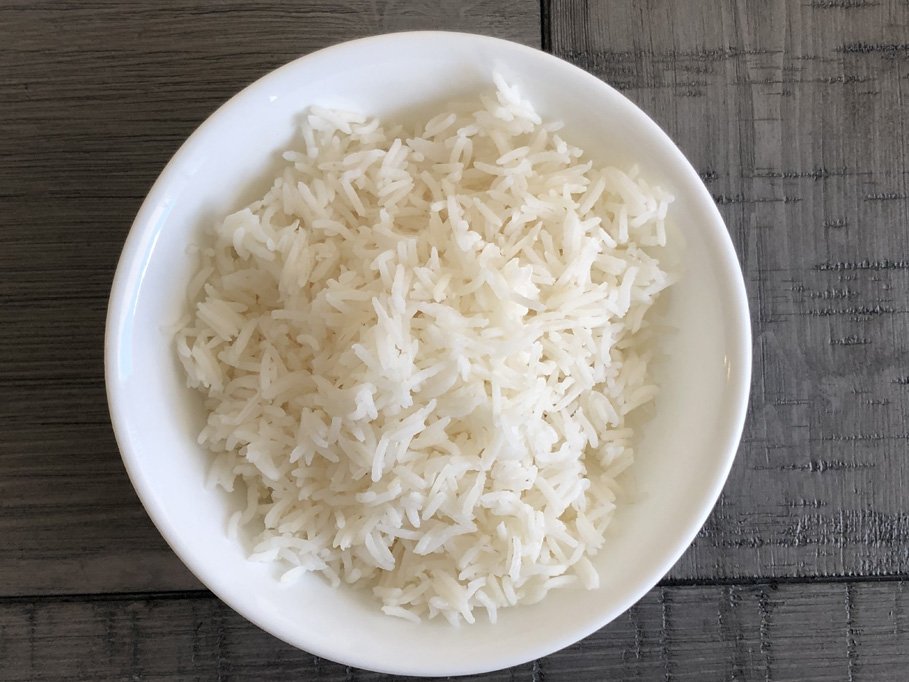Mastering the art of making sushi involves a critical component: the portion sushi rice for rolls. For sushi lovers, the rice is as integral to the taste and texture as the fish or other fillings. To craft the perfect sushi roll, it’s essential to understand how to prepare and measure the rice properly.

Understanding the Role of Sushi Rice
Sushi rice isn’t just any ordinary rice. It’s specifically prepared to have the right stickiness and flavor that balances the other sushi ingredients. When preparing portion sushi rice for rolls, knowing the ideal rice type and preparation method can make a significant difference.
Read more about different rice types here.
Choosing the Right Type of Rice
Why Short-Grain Is Best
Short-grain rice is specifically used for sushi because it has high starch content, which helps the grains stick together a necessary trait for sushi rolls. Learn more about yamadanishiki rice, a popular choice among chefs.
Considerations for Alternatives
Some sushi enthusiasts look for alternatives to traditional sushi rice. Substitutes like brown rice or quinoa can offer unique textures and flavors. Details about such alternatives are shared here.
Preparation Steps for Sushi Rice
Rinsing and Soaking
Properly rinsing and soaking your rice is crucial. This process removes excess starch, which can otherwise make the rice too sticky. Find out more about soaking tips here.
Cooking Methods That Matter
Using the right pot or rice cooker can influence the texture of your sushi rice. Various cooking methods and tools, such as traditional pots or advanced rice cookers, are detailed here.
Perfecting the Portion
How Much Rice for Each Roll?
When it comes to portion sushi rice for rolls, moderation is key. Typically, 80-90 grams (or about a half cup) of cooked sushi rice is sufficient for one roll. This ensures the rice neither overwhelms the filling nor undercuts it.
Impact of Over-portioning
Too much rice can hamper the texture and taste of the sushi roll. Balancing rice with the fillings ensures an enjoyable bite each time.
Enhancing Flavor Through Seasoning
Importance of Rice Vinegar
Seasoning the rice with rice vinegar gives sushi its distinct flavor. A combination of vinegar, sugar, and salt brings out the best in sushi rice.
Mixing Correctly
Gently folding the vinegar mixture into the rice ensures even distribution without mashing the grains. This mixing technique is pivotal in achieving high-quality sushi rice.
Handling and Storing Sushi Rice
Maintaining Freshness
Sushi rice’s freshness is critical. It’s best used on the day it’s prepared. However, if storing is necessary, ensure it’s wrapped tightly and refrigerated. Learn the art of odor-free storage for your sushi tools.
Reheating Tips
If reheating, always use a microwave-safe container with a damp cloth to maintain moisture. Reached the end of the line? Make sure your rice doesn’t turn into an unrecognizable clump.
Portion Size and Dietary Concerns
Calorie Awareness
For those conscious of caloric intake, understanding the calorie content per portion can aid in maintaining dietary goals.
Customizing for Health
Substituting regular vinegar with apple cider vinegar or using less sugar can tweak the sushi rice seasoning for healthier options without compromising on taste.

FAQs
Q1: Why is short-grain rice preferred for sushi?
A1: Short-grain rice is sticky, which helps in rolling and maintaining the structure of the sushi rolls.
Q2: Can I substitute other grains for sushi rice?
A2: Yes, alternatives like brown rice or quinoa can be used, although the texture and taste will differ slightly.
Q3: What is the ideal portion size for sushi rice in one roll?
A3: Around 80-90 grams of cooked rice is typically ideal for one sushi roll.
This article contains affiliate links. We may earn a commission at no extra cost to you.




